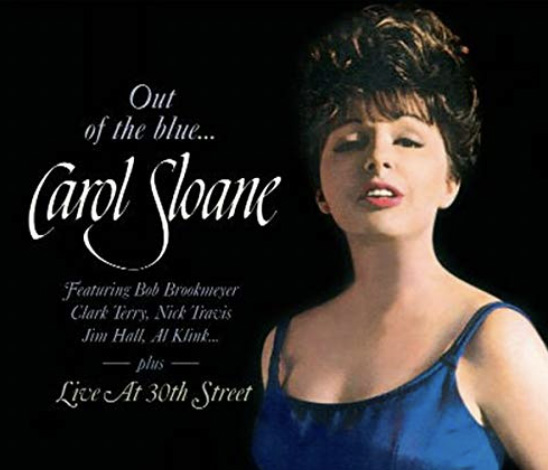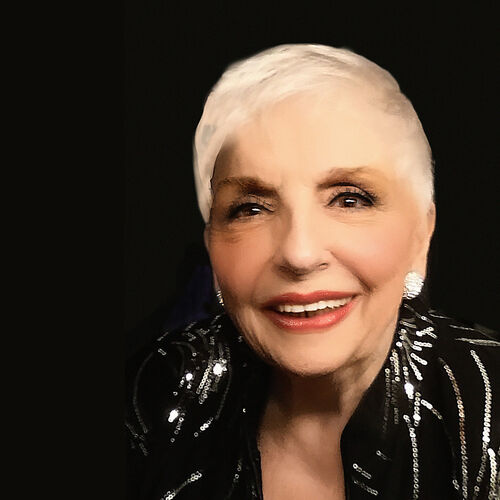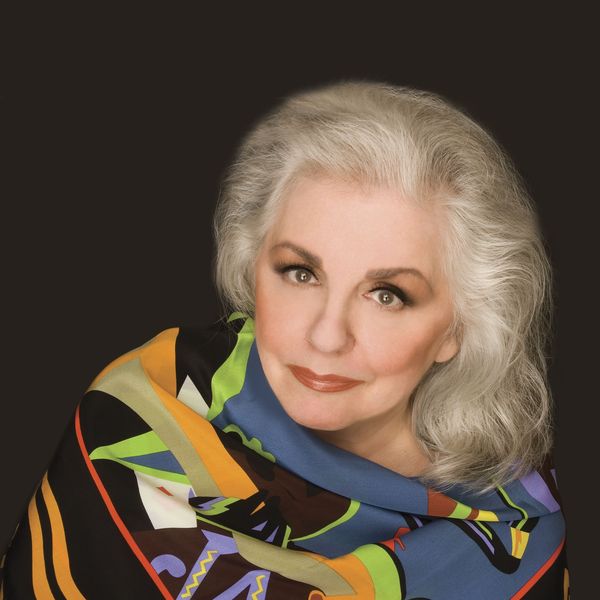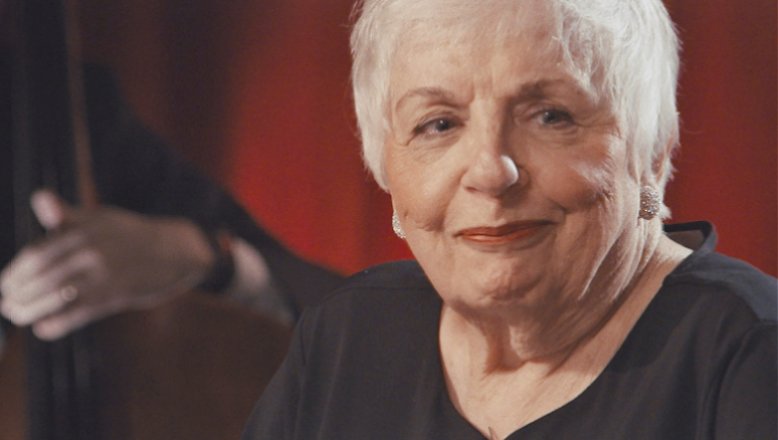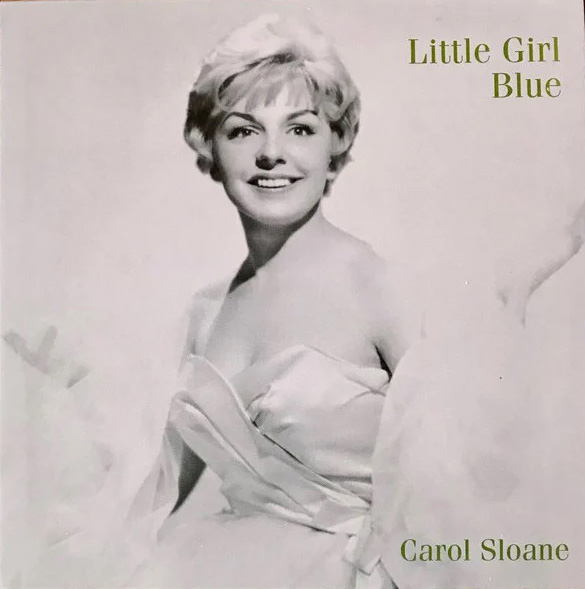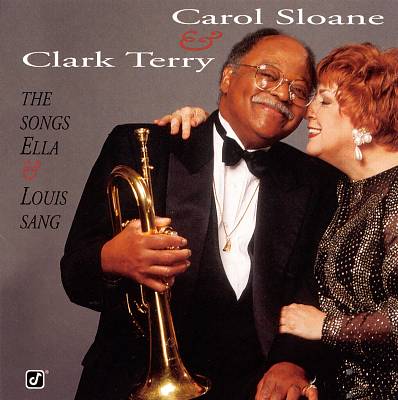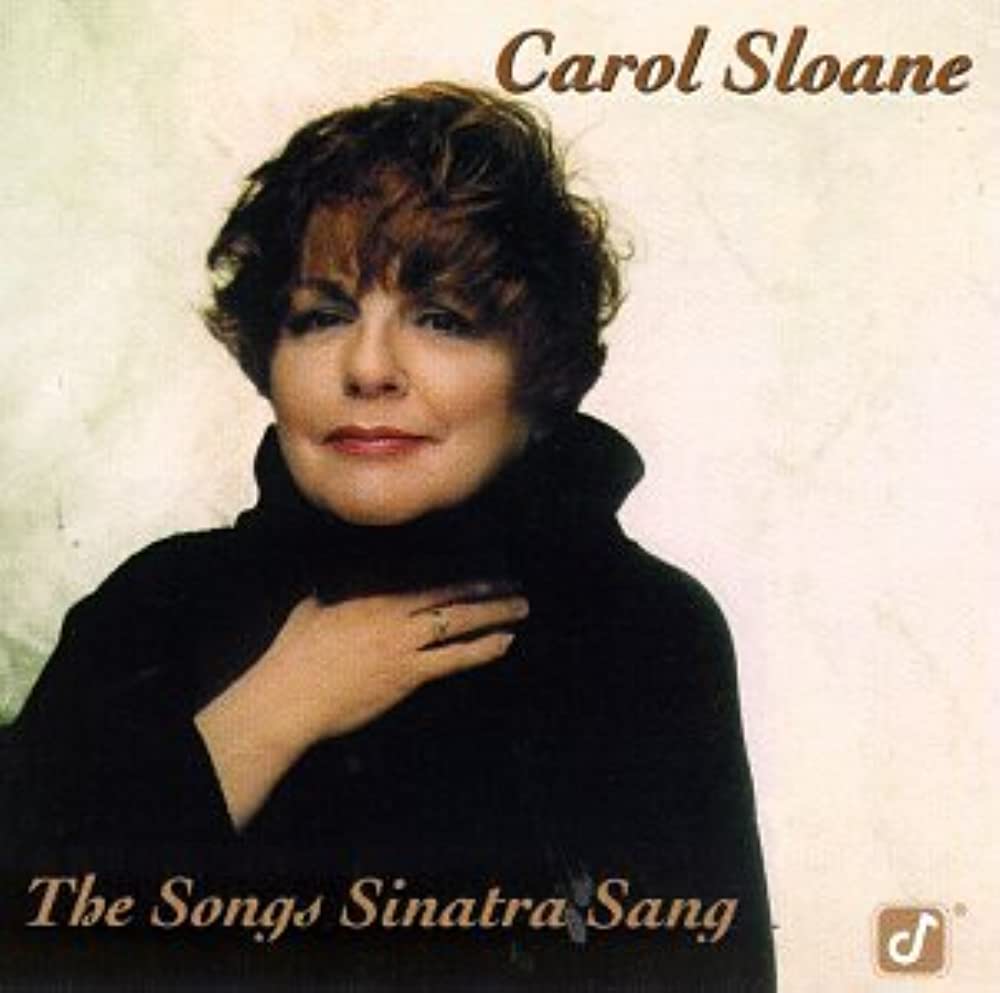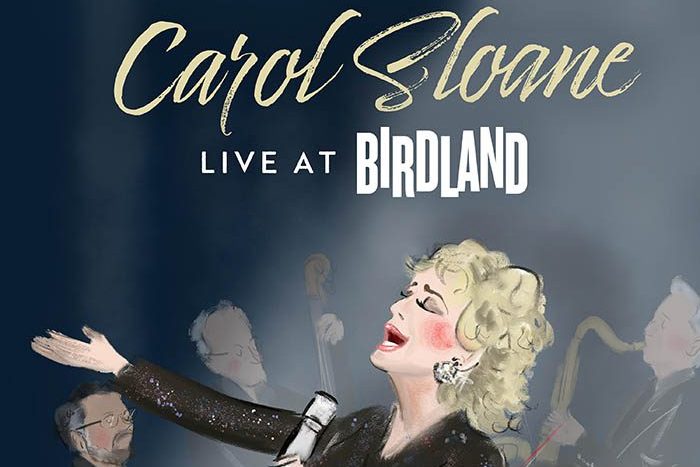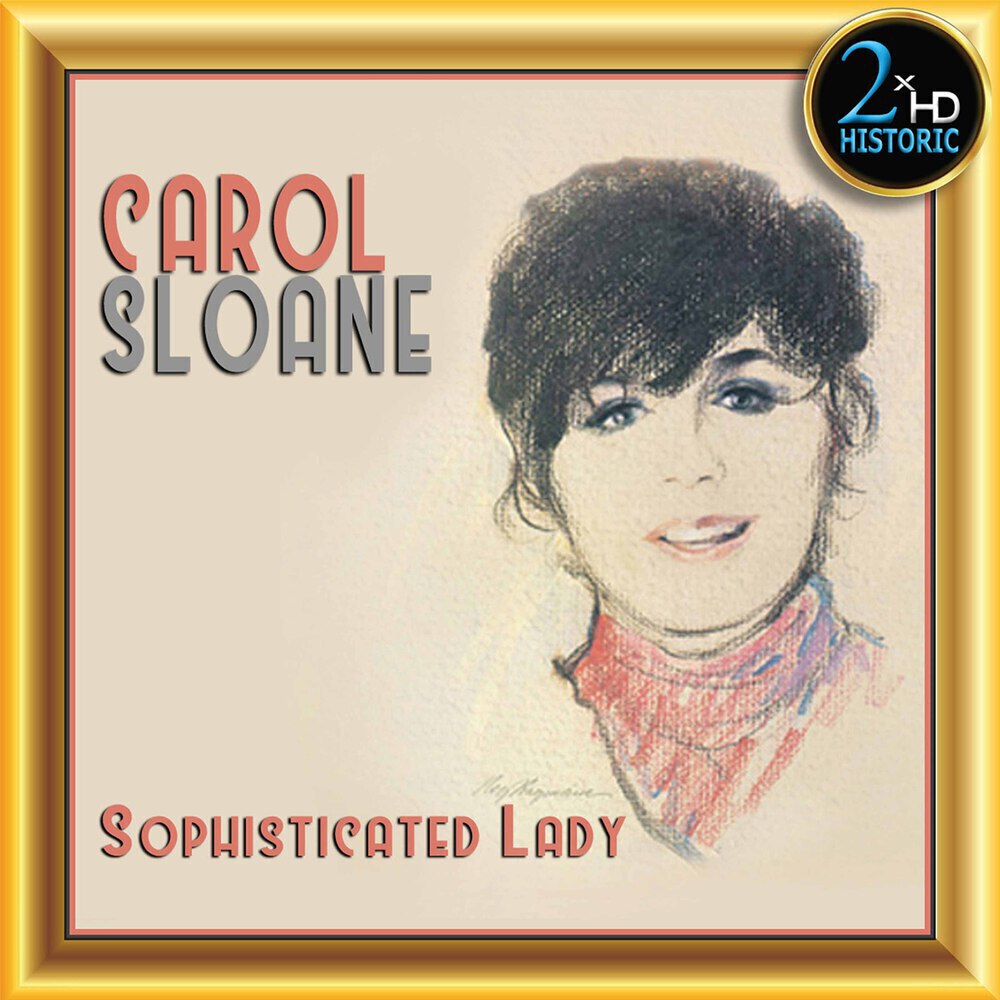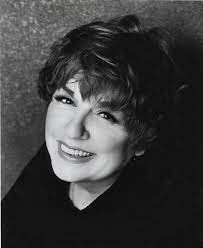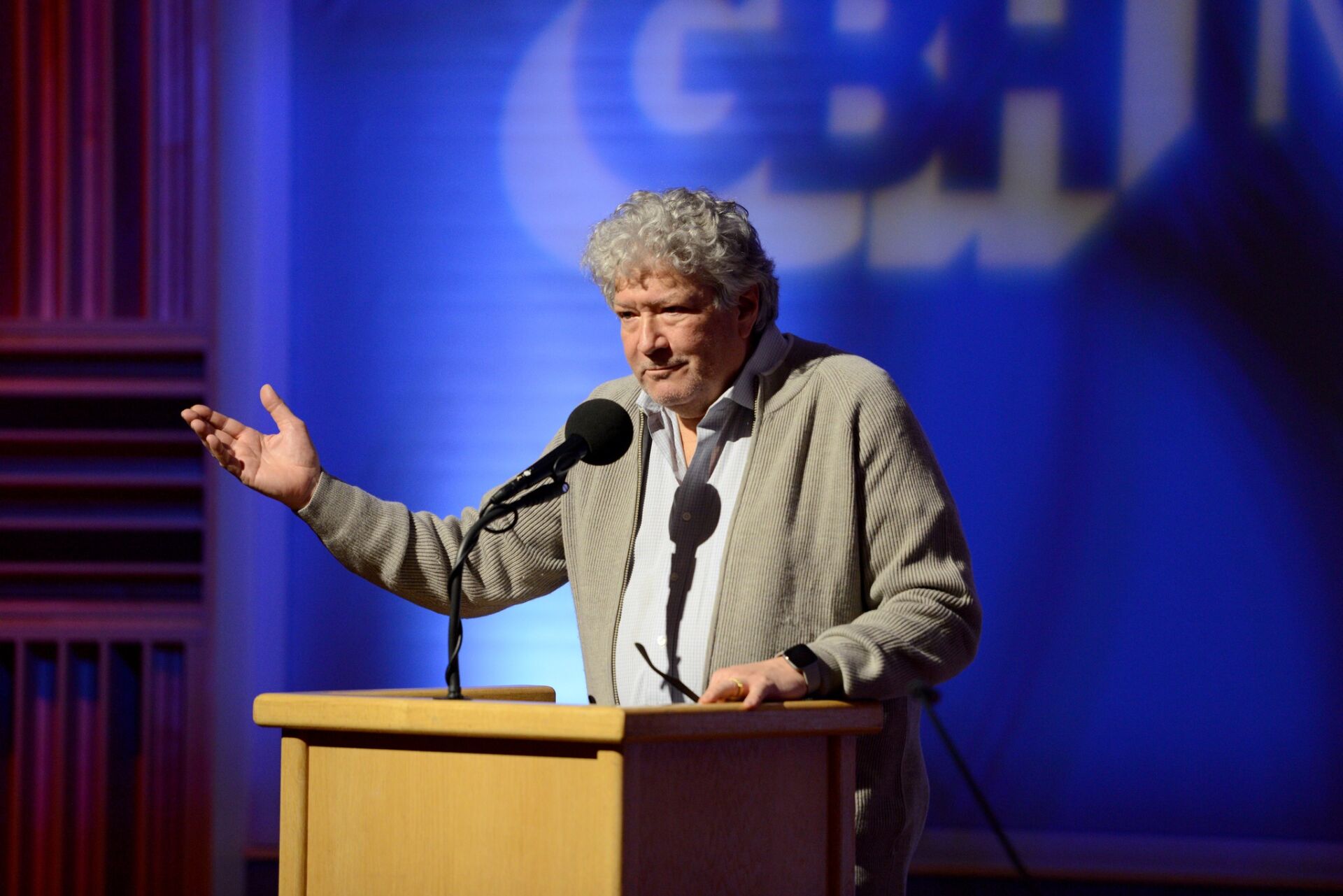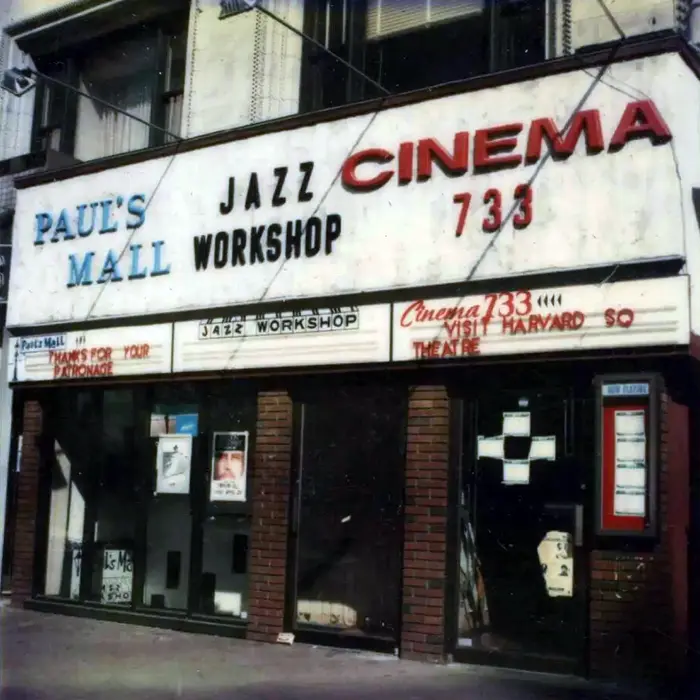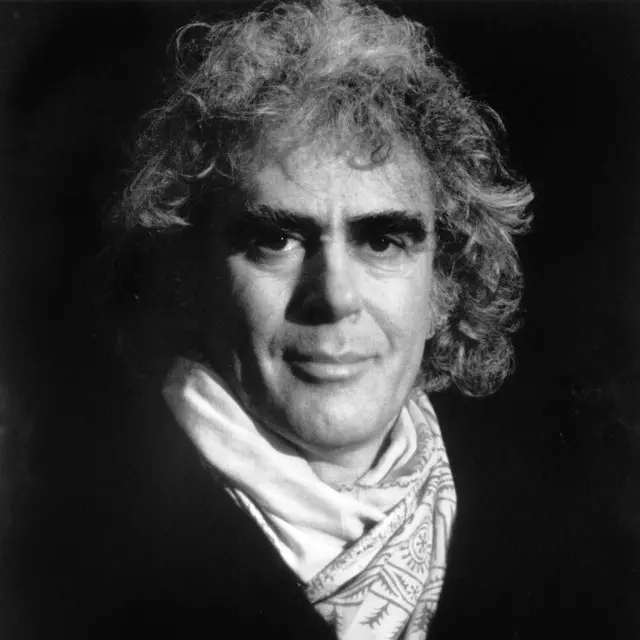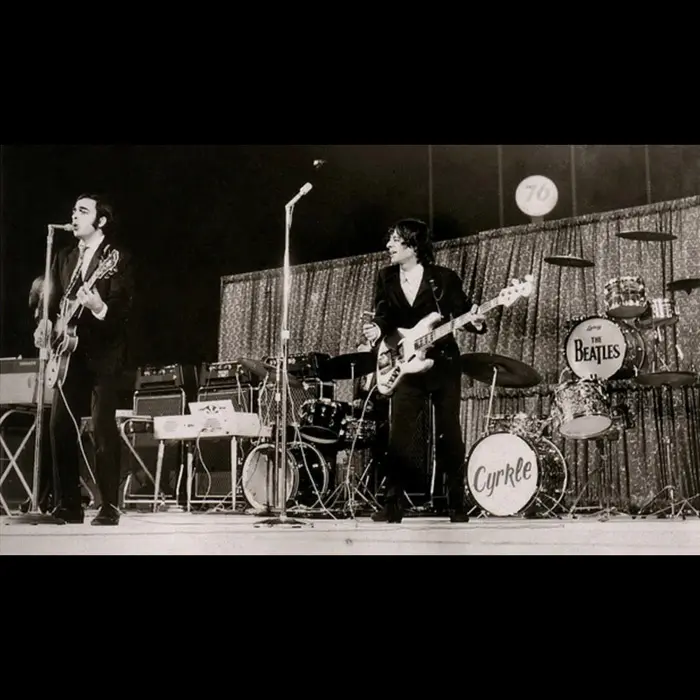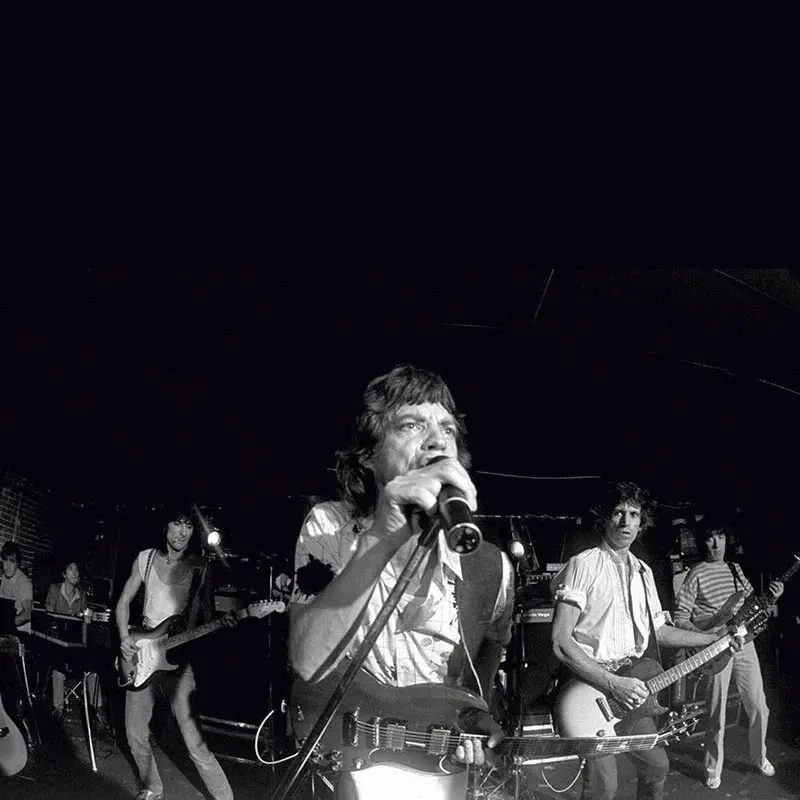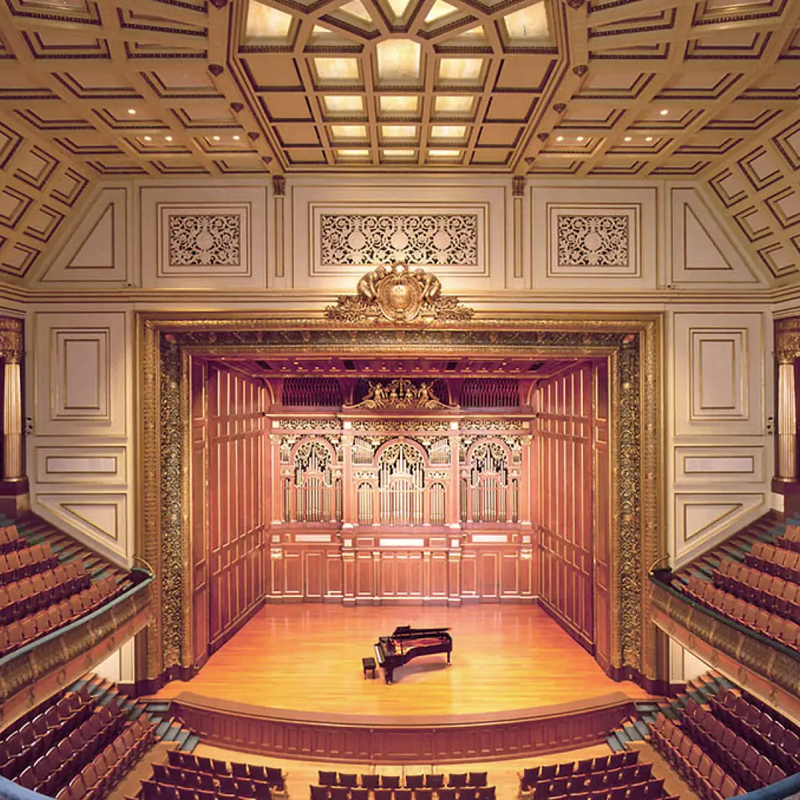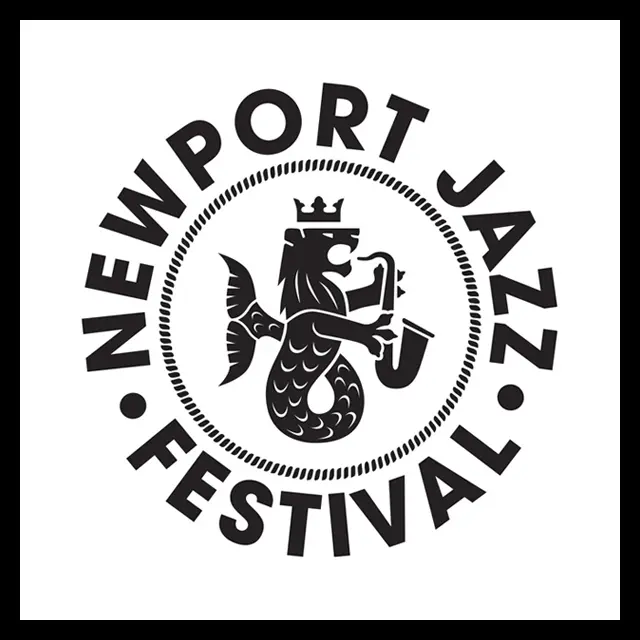Carol Sloane
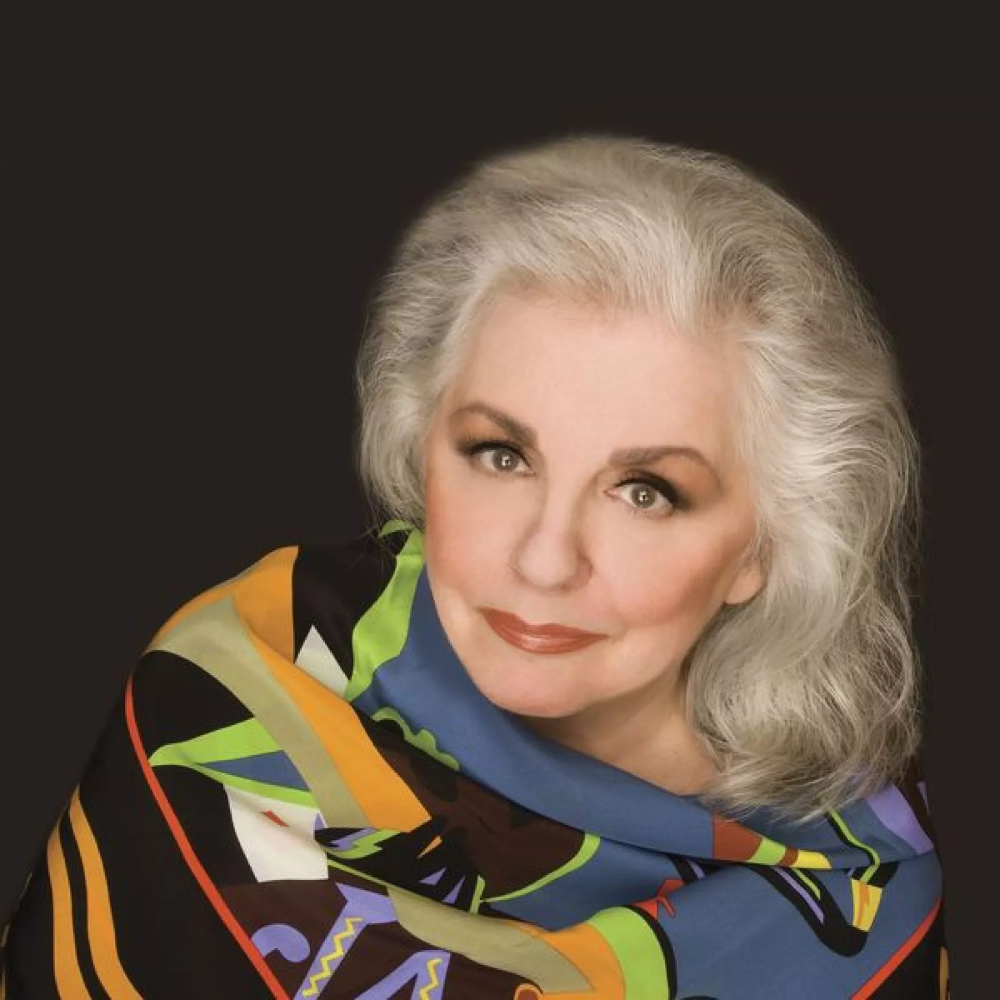
In 1951, when Carol Sloane made her professional singing debut, American pop music was in a period of tremendous transition, with jazz’s years as the dominant genre winding down and rock ‘n’ roll’s ramping up. And she often talked about that in interviews, saying she felt like she’d been born a generation too late.
But while the Rhode Island native’s birth in 1937 made her far closer in age to Tina Turner (1939), Grace Slick (1939) and Janis Joplin (1943) than to jazz icons Billie Holiday (1915), Ella Fitzgerald (1917) and Sarah Vaughan (1920), Sloane focused on the older, swingin’ form over the newer, rockin’ one, a choice that almost ruined her career. And in doing so, “she forever will be closely and rightly linked with the great singers of the preceding generation,” according to Bruce Crowther, author of Singing Jazz: The Singers and Their Styles (Miller Freeman, 1997), and became what JazzWax magazine founder Marc Myers has called “easily the finest singer of the post-jazz era.”
Overview
Frequently compared to Fitzgerald for the pureness of her tone, intonation and phrasing and to Vaughan for her power, range and flexibility, Sloane was known for her rare mix of vocal richness and husk – simultaneously soothing and seductive – and for the intimacy of her delivery, especially when singing ballads, something she did as if whispering a secret to her audience.
Though she drew her repertoire from a number of musical traditions, Sloane was most widely celebrated as an exceptionally gifted interpreter of classics from the Great American Songbook. Specifically, critics cited her ability to express their raw emotion while underscoring them with a nimble-but-subtle swing like few before her time and even fewer since. She recorded 28 albums over nearly 60 years and was inducted into the Rhode Island Music Hall of Fame in 2016.
Musical beginnings
Born Carol Anne Morvan on March 5, 1937 in Providence, Sloane was raised in the nearby town of Smithfield; her parents worked at a textile company inside the Andrews Mill Company Plant industrial complex in North Smithfield. “Everything was fun in those days because we had fewer distractions,” she told Myers in 2009. “In fact, we didn’t have TV until I was 10 or 12.” In that pre-home-video era, she sang in her church choir and listened to 78s on the family phonograph, drawn to R&B, the bebop of Dizzy Gillespie and the cool jazz of Miles Davis years before reaching junior high.
The most important musical medium for her while growing up was the radio, to which Sloane spent hours singing along; she never took singing lessons or learned how to read music. “Radio was my voice,” she told Myers. “I could follow along without distractions.” She often listened to jazz spun by Norm Nathan on Boston’s WHDH and R&B aired by Carl Henry – celebrated today as “the Alan Freed of Rhode Island” – on Providence’s WPAW (now WSJW). Henry also ran a record shop in Providence, Carl’s Diggins House of Jazz & Soul, where teenage Sloane was a regular customer.
Debut performance, First recordings, Moves to Colorado, Germany
In 1951, at age 14, she began her singing career with The Ed Drew Orchestra, in which her uncle played saxophone, and for the next four years she performed with the group on Wednesday and Saturday nights under the stage name Carol Vann for $9/night (about $100 in 2023) at the Rhodes-on-the-Pawtuxet Ballroom in Cranston. Also that year, she made her first recordings: two songs written by Rhode Island-based songwriters that were released by Cadillac Records.
In 1955, soon after she turned 18 and finished high school, she married local disc jockey Charlie Jefferds, who was drafted into the Army that year. Sloane followed him to Colorado, where he did basic training, and then to Germany, where he was stationed for a year, during which time Sloane appeared in musical productions at US military bases all over the country. In early 1958, after the pair divorced, she started her full-time musical career. “In Germany, I’d been able to experiment as a singer,” she said in 2009. “Along the way, I realized that I had something special.”
The Larry Elgart Orchestra, Becoming “Carol Sloane”
Later in 1958, she caught her first big break when Bob Bonis, road manager for the Les and Larry Elgart Orchestra, invited her to audition for the nationally known big band. Two weeks later, by which time Les and Larry had gone their separate ways, Sloane moved to New York City to join Larry’s ensemble, switching her stage name from “Vann” to “Sloane” at his suggestion (adding the silent “e” herself). In 1959, she changed her legal name from “Morvan” to “Sloane,” but she was credited as “Carol Morvan” on Elgart’s LP Easy Goin’ Swing (1960, RCA Victor).
Going solo, Lambert, Hendrix and Ross
In 1960, exhausted after two years of nonstop touring with Elgart, she returned to being a solo act while working as a secretary to make ends meet since demand for jazz vocalists was drying up – very quickly. “The kids were listening to other types of music,” she said in 2009, “and I was beginning to realize that touring with a big band was a dead end careerwise.” After famed lyricist/vocalist Jon Hendricks saw Sloane perform at a jazz festival in Pittsburgh that year, he asked her to fill in for Annie Ross occasionally in his trio Lambert, Hendricks and Ross, which she did for about two years, garnering significant national attention.
Music at Newport appearance, Oscar Peterson
In June 1961, she appeared at the Music at Newport festival, promoted by Sid Bernstein as a replacement for the Newport Jazz Festival, which was not held that year. After she sang an a-capella rendition of the Rogers and Hart-penned “Little Girl Blue” in the New Talent part of the program on the festival’s second day before an audience of about 300, reviews were so strong that organizers invited her to join the final evening’s performances in front of roughly 13,000. In August, she opened for Oscar Peterson at The Village Vanguard in New York.
Columbia signing, Out of the Blue, Live at 30th Street
In 1962, thanks in large part to her brilliance in Newport, 25-year old Sloane landed a deal with Columbia Records, which issued her first two albums that year, Out of the Blue and Live at 30th Street. Hailed as one of jazz’s brightest rising stars, she shared the stage with jazz giants like Coleman Hawkins, Ben Webster and Clark Terry and appeared at the Newport Jazz Festival in 1962 while playing across the US on bills with various acts including stand-up comics Lenny Bruce, Bill Cosby and Woody Allen.
Leaving Columbia, Early Boston-area performances
Everything changed in February 1963, however, when Columbia released 20-year-old Barbara Streisand’s debut disc, The Barbara Streisand Album. The LP won the Album of the Year Grammy and the label put most of its promotional power behind its latest singing sensation, leaving its other female jazz vocalists struggling to gain even a modicum of mass-market attention. In mid-1963, Columbia dropped Sloane from its roster; she didn’t record her third album until 12 years later.
In 1964, she made her Boston-area debut at the Monticello Inn in Framingham, followed later in the ‘60s by performances at The Jazz Workshop in Boston with pianist/trombonist Bob Brookmeyer, saxophonist Charlie Mariano and pianist Ray Santisi.
Rolling Stones, Beatles associations
While Sloane wasn’t part of the mid-‘60s rock ‘n’ roll scene as a singer, she was a involved with it peripherally – in a big way – starting in mid-1964, when Bob Bonis, who’d discovered her in ‘58, became the US road manager for both The Beatles and The Rolling Stones. Through her close friendship with Bonis, she was part of the Stones’ entourage during their first US tour that year and an eyewitness to the event that essentially sounded the death knell for jazz’s youth-market appeal: The Beatles’ appearance in at Shea Stadium in August 1965, which she watched from the dugout. “The kids had been drifting away from jazz for years,” she said in 2009. “But by that concert, they were completely gone and I knew they were never coming back. You could see it. You could hear it.”
Move to North Carolina, Kool Jazz Festival appearance
By 1966, America’s pop-music landscape had completely transformed – rock had taken over radio and many jazz clubs had gone under – and Sloane struggled to find steady singing work for the next 20 years since only superstar-level jazz vocalists were being offered major-label contracts and the associated promotional/touring support. From 1969 to 1978, she lived in Raleigh, North Carolina, singing monthly at a tiny club called The Frog and Nightgown while recording on minor labels and doing secretarial work.
In 1978, she moved back to New York city, appearing at the Kool Jazz Festival held there in 1981, but she returned to North Carolina from 1982 to 1986, singing at a club in Chapel Hill while working as a secretary and part-time deejay. Between 1975 and 1985, she cut nine albums on seven different labels but none sold especially well, leaving her broke and depressed; in the late ‘70s, she told JazzWax in 2009, she attempted suicide.
Buck Spurr, Career resurgence, Teaching, Live At Birdland
Starting in 1985, however, Sloane’s life and career took a major upturn. In a last-ditch effort to find work, she called club managers all along the eastern seaboard, one of whom was Buck Spurr of the Starlight Roof Lounge in Boston, who booked her some slots. They married in 1986, settled in the Boston suburb of Stoneham and by 1987 she was performing regularly. In 1987, CBS/Sony Records released her 12th album, But Not for Me, to broad critical acclaim.
In the 1990s and 2000s, Sloane’s career flourished. She cut 16 LPs between 1987 and 2019, toured nationally and internationally (often in Japan, where she remains extremely popular) and taught master classes at New England Conservatory. In September 2019, she recorded her final album, Live at Birdland, issued by Club44 Records in 2022, six decades after Columbia released her debut LP.
Death, Sloane: A Jazz Singer documentary
In June 2020, Sloane suffered a stroke and moved into a residential care facility in Stoneham, where she passed away on January 23, 2023, at age 85. One month later, the documentary Sloane: A Jazz Singer premiered at the Santa Fe Film Festival; one of its executive producers is Stephen Barefoot, a former bartender at The Frog and Nightgown. “There is no such thing as an easy song to sing,” Sloane says in the film. “There isn’t! You chose it because it says something to you about love and loss. Jazz singing is so personal. It’s a very intimate conversation in a way. It’s really, ‘I’m going to tell you this story and I’m going to tell it to you very quietly, but it’s going to have so much impact.’
“And it’s to be able to convey to the audience that ‘I have been through this,’” she continues. “I can still remember the heartbreak, and I can tell you that it’s right here, where it was when it was fresh. And somehow I’ve survived.”
(by D.S. Monahan)

